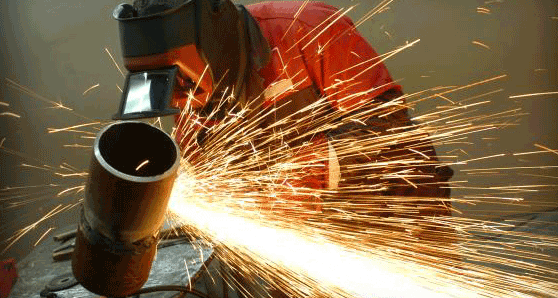Alberta’s economy grew at a faster pace than Canada’s in 2018, according to data released on Wednesday by Statistics Canada.
The federal agency said the province’s gross domestic product advanced 2.3 per cent last year, following the rebound of 4.6 per cent in 2017. Alberta suffered through recessions in 2015 and 2016.
“Goods-producing industries (+3.1 per cent) and service-producing industries (+1.8 per cent) contributed equally to total growth. The energy sector accounted for almost half of the total growth in the economy in 2018, despite the recent decline of oil prices and the widening price gap between West Texas Intermediate and Western Canadian Select,” said StatsCan.
“Mining, quarrying and oil and gas extraction increased 6.4 per cent. Oil and gas extraction grew 7.9 per cent due to strong growth from both oil sands extraction and oil and gas extraction. Support activities for oil and gas extraction rose 2.2 per cent despite a decline in activity in the second half of the year after a strong start. Capacity constraints limited pipeline transportation to a 2.9 per cent increase. Coal output fell 23.9 per cent.”
The federal agency said manufacturing output was up 2.3 per cent with 11 of 19 subsectors showing increases. The main contributors to this growth were in chemicals, machinery and food products. Crop production declined five per cent.
“Difficult weather conditions during the harvest season resulted in a smaller canola crop as both yields and harvested area were down,” it said.
StatsCan added that construction activity was down 0.7 per cent. Residential construction declined 3.8 per cent as re-building work in the Fort McMurray area following the 2016 forest fire eased. Engineering construction increased one per cent mostly due to an increase in other engineering construction. Oil and gas engineering construction edged down 0.3 per cent and has fallen by more than 50 per cent since 2014, explained the federal agency.
“Transportation and warehousing expanded five per cent due to higher output from air, rail and truck transportation and warehousing and storage. In an effort to deliver more product to the United States, oil producers turned to rail transportation. Between January 2017 and December 2018, the volume of crude oil exported by railcar increased substantially,” said Statistics Canada.
“Wholesale trade grew four per cent due to higher activity in seven of nine subsectors led by wholesalers of machinery, equipment and supplies. Retail trade services were down 0.6 per cent with an even split of increases and declines among the 12 subsectors. Offices of real estate agents and brokers fell 8.5 per cent, the third decline in four years. Professional, scientific and technical services (-0.6 per cent) posted a decline for the fourth consecutive year.”
Nationally, GDP rose by two per cent in 2018.
– Mario Toneguzzi
The views, opinions and positions expressed by columnists and contributors are the author’s alone. They do not inherently or expressly reflect the views, opinions and/or positions of our publication.


